Fairmas Suite
a web-based solution for efficient cost and revenue planning and transparent reporting to increase a hotel profit.
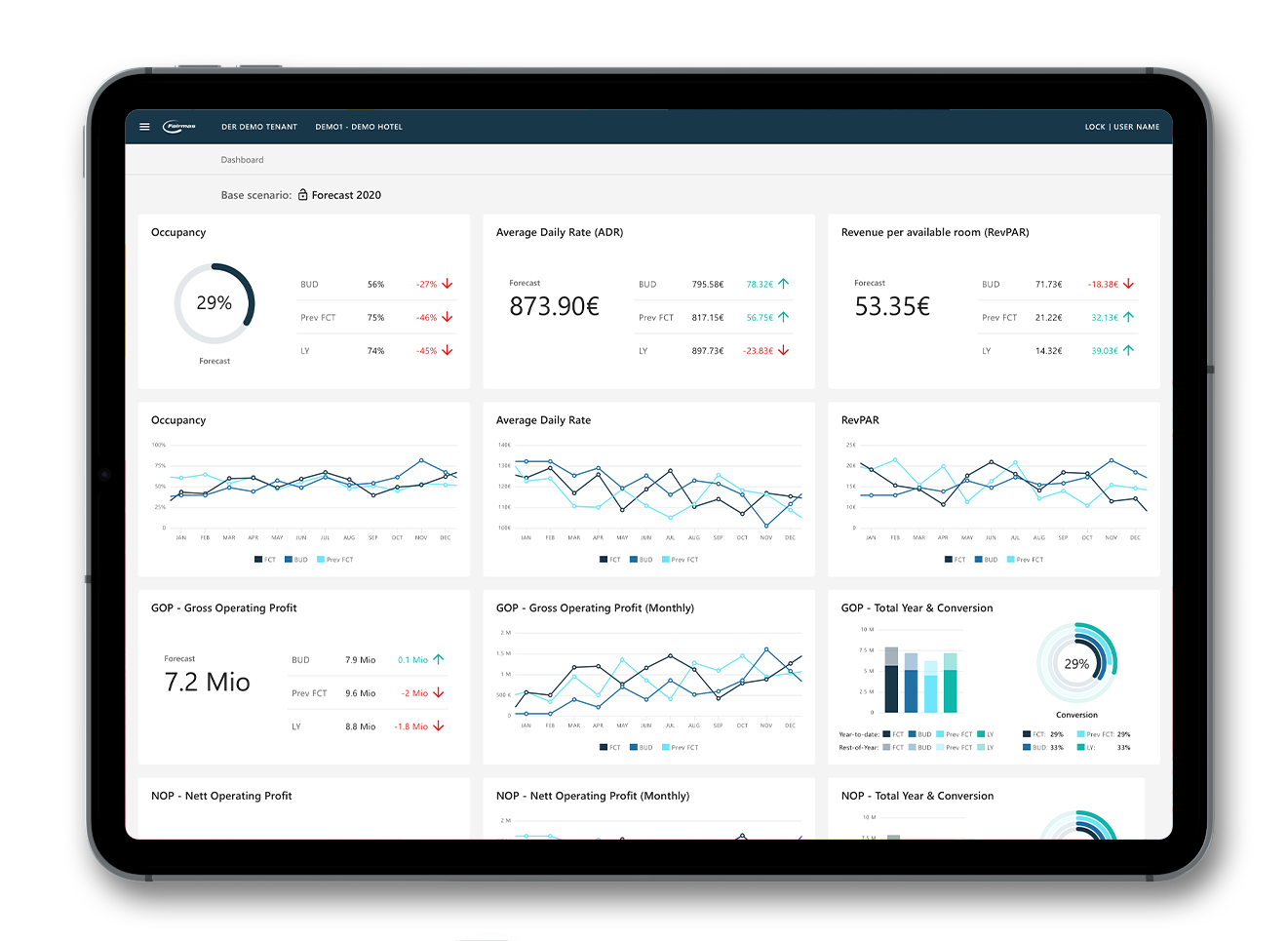
a web-based solution for efficient cost and revenue planning and transparent reporting to increase a hotel profit.

Highlights
User testing doesn't end after development
Design is a constant iteration of improving the experience for the end user. The support team constantly collects and delivers user's feedback to the product team.
Involve engineering upfront
This helps to reduce any rework later on as an understanding of the technical limitations upfront will help to inform your design strategy.
Break complex problems into smaller, easier-to-handle challenges
Complex problems are always solved better when they are divided into smaller, easier-to-handle challenges. This is something a designer always has on the back of his mind, but sometimes losing the big picture is easy. Working on smaller tasks with a clear objective helps with keeping the focus on the main goal.
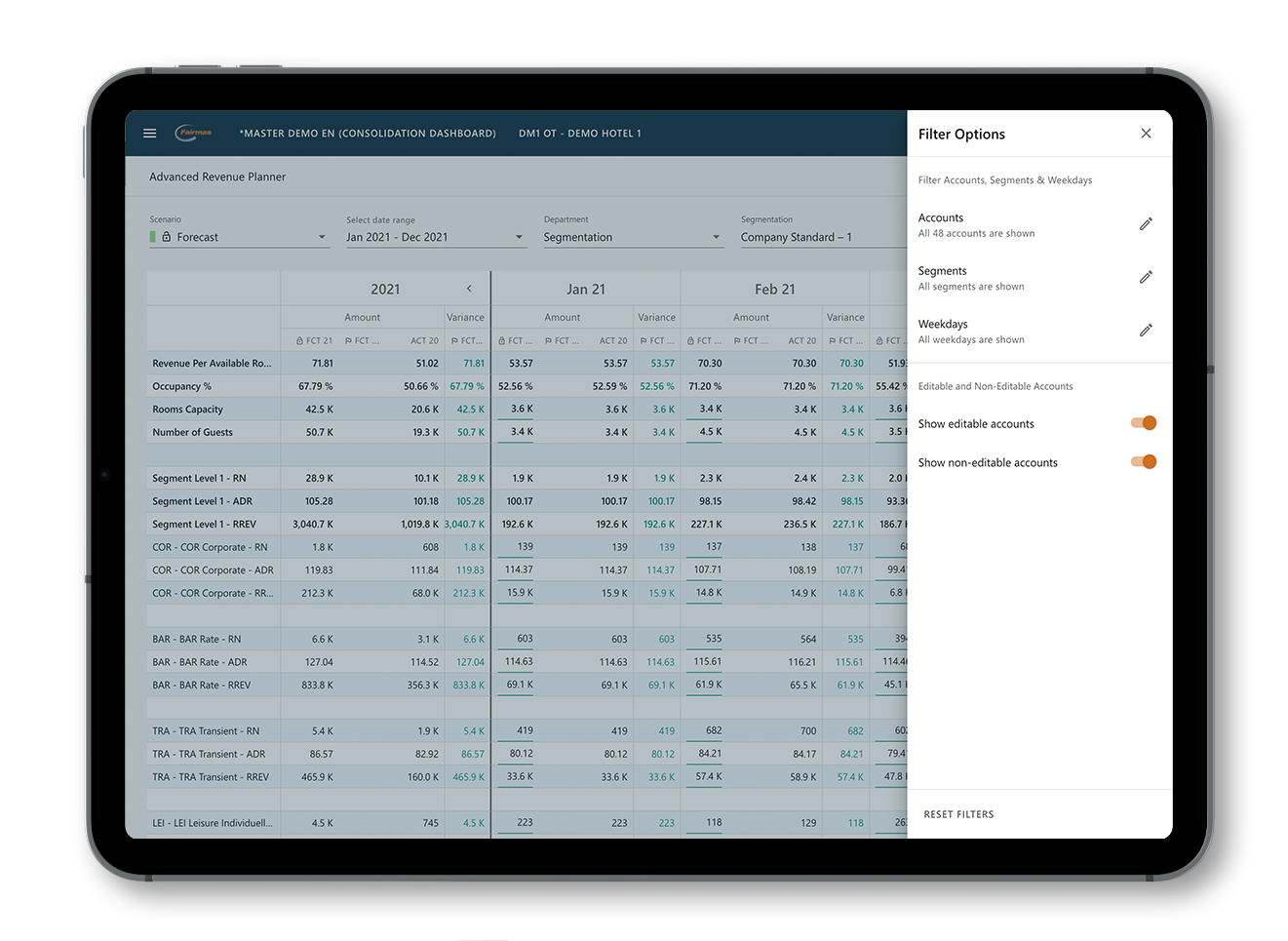
Role
Product Designer
UX Research, (with the help of the customer service department), Prototyping, Testing, Expansion and application of a new design system, Interface/Visual design
July 2019 - May 2021
Background
Fairmas specialises since 2003 in the development of financial planning, controlling and managing reporting software solutions tailored to the needs and specificities of the hotel industry. With more than 11,000 users in 4,000 hotels worldwide the company offers individual solutions that are based on specific, internal company requirements.
Understanding the problem
The go-to tools for financial departments dealing and managers across many industries are Excel tables with self-made functions depending on the necessities of each company.
Fairmas consolidates the most frequent functionalities and use cases for the hotel industry and offers a wide range of web-based products for each sector: planning, controlling, monitoring of KPIs, reporting, and payroll.
Most of the application had an Excel-like look when I joined the company and its redesign had been started by the previous designer with the development of a design system.
The system needed to be expanded and further defined to be able to be implemented across the entire solution. Besides this, most interfaces needed to be redesigned to offer a more intelligent, intuitive way of working by uncovering pain points with the existing user journey.
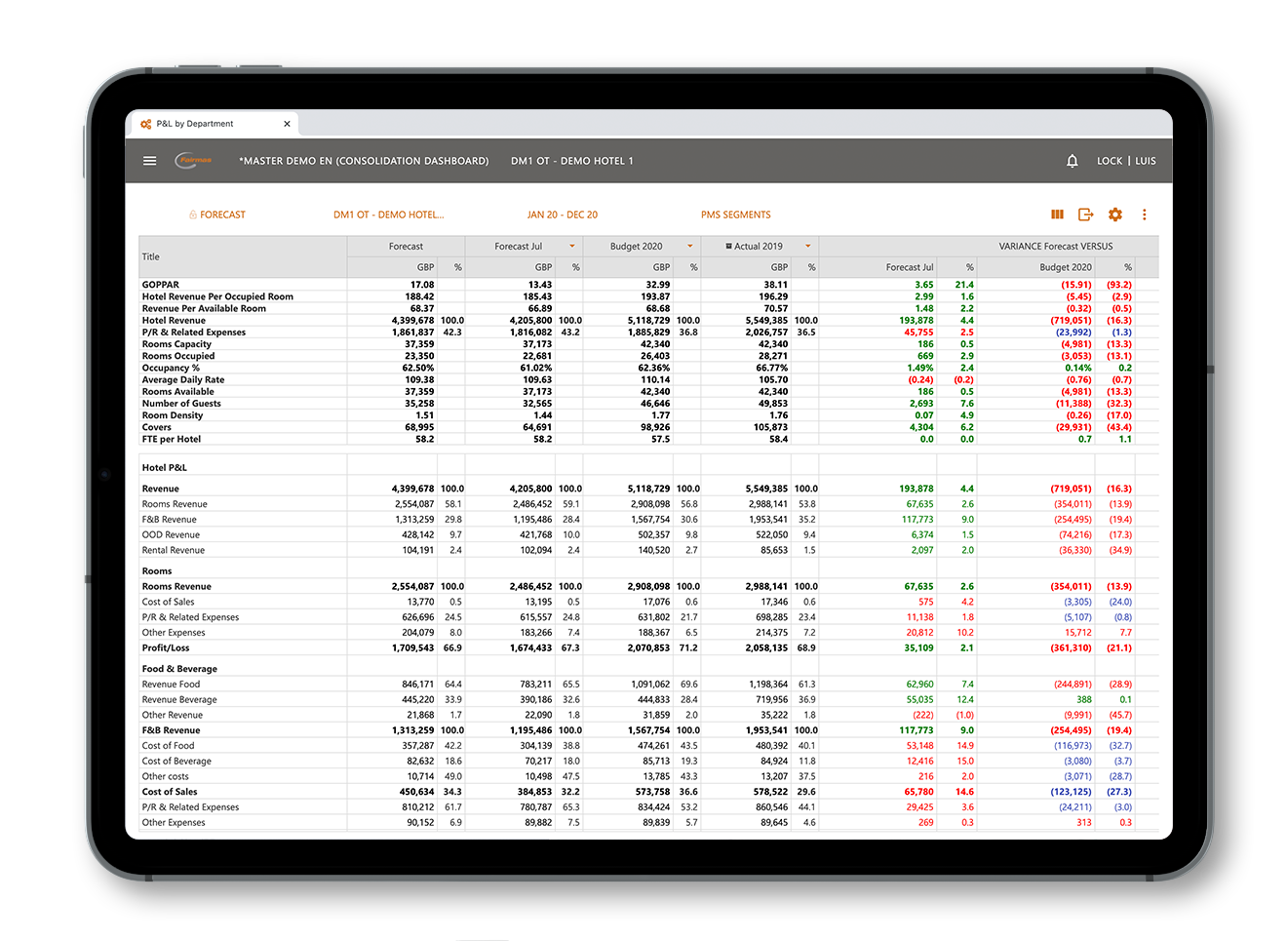
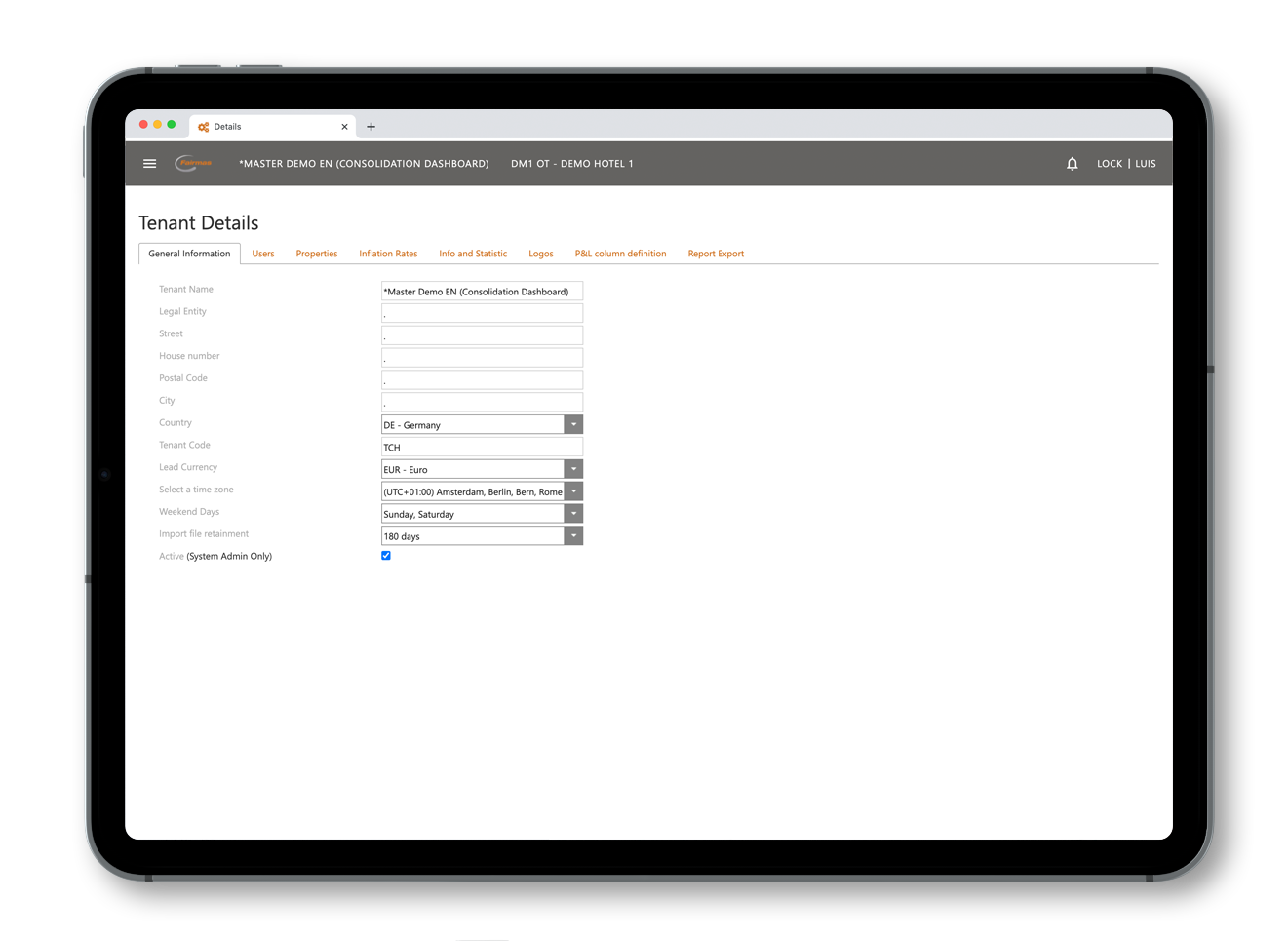
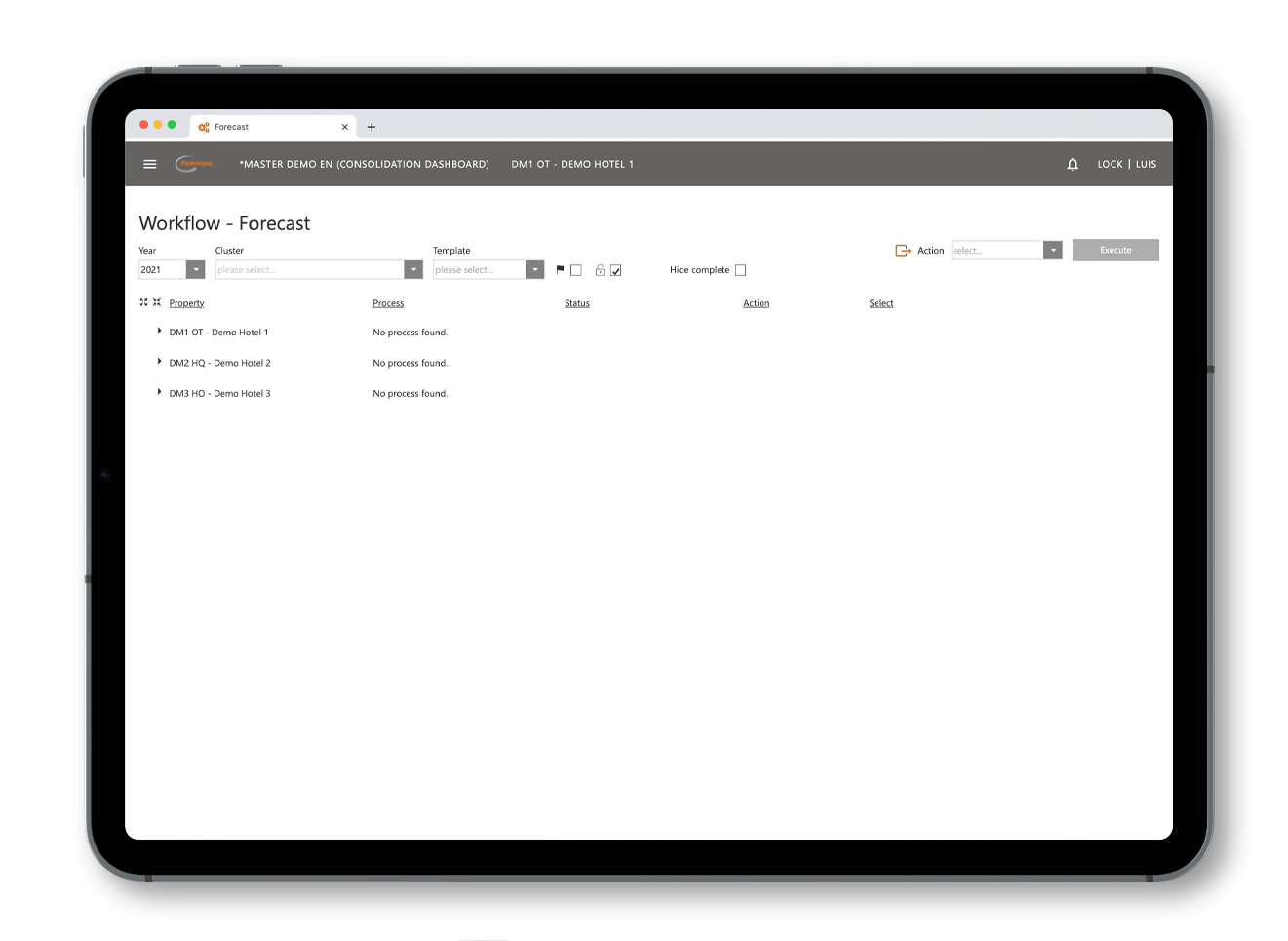
Defining each individual problem
Fairmas benefits of having a managing team made of previous hoteliers that have a clear idea what the customer wants together with a reliable and knowledgeable support team.
This knowledge plus feedback enabled most of the projects to be very precisely defined as to their own set of requirements. These was constantly discussed among product and project managers, the designer and the support team.

Wireframing the solutions
Based on the problems, some of my tasks were:
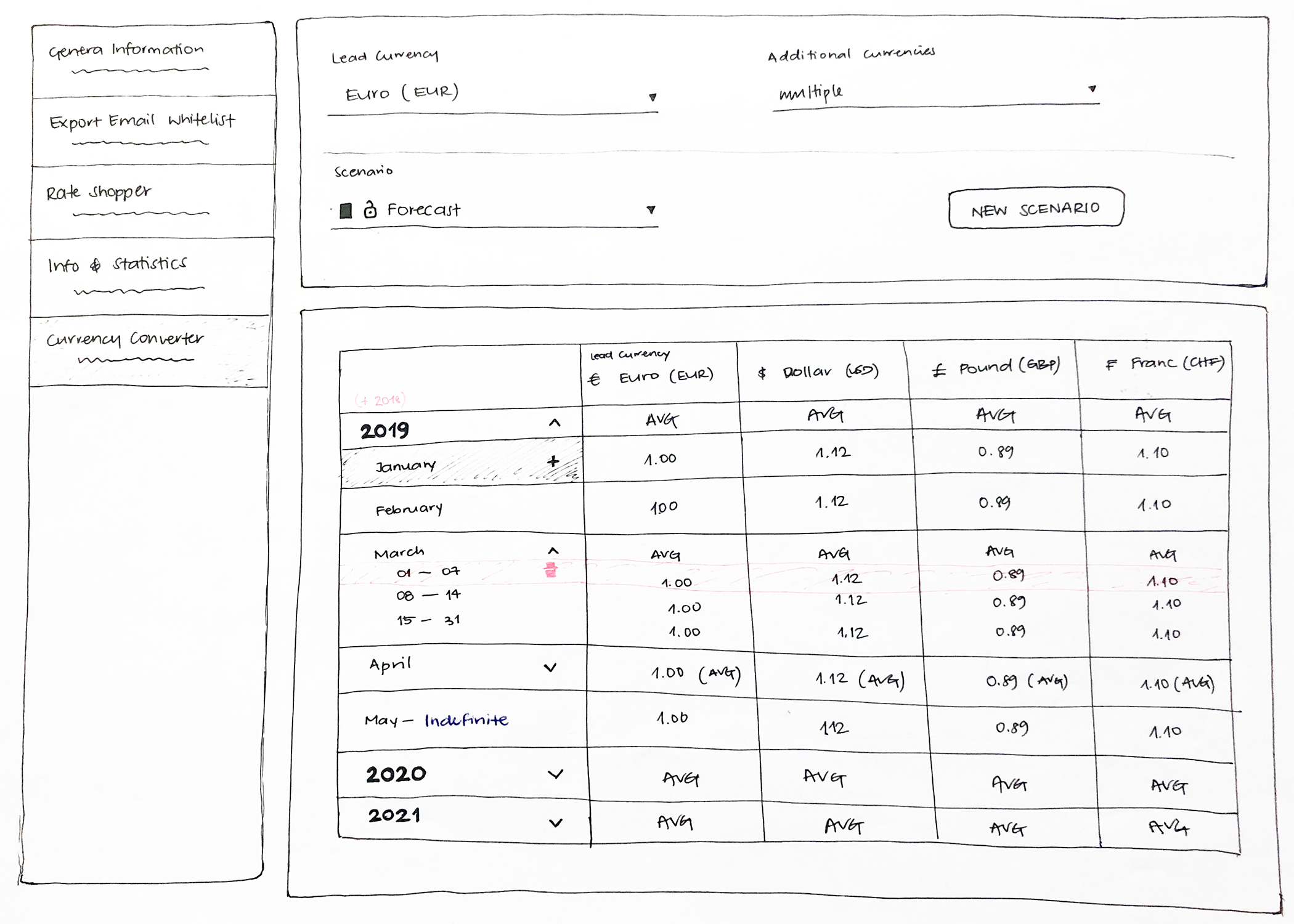
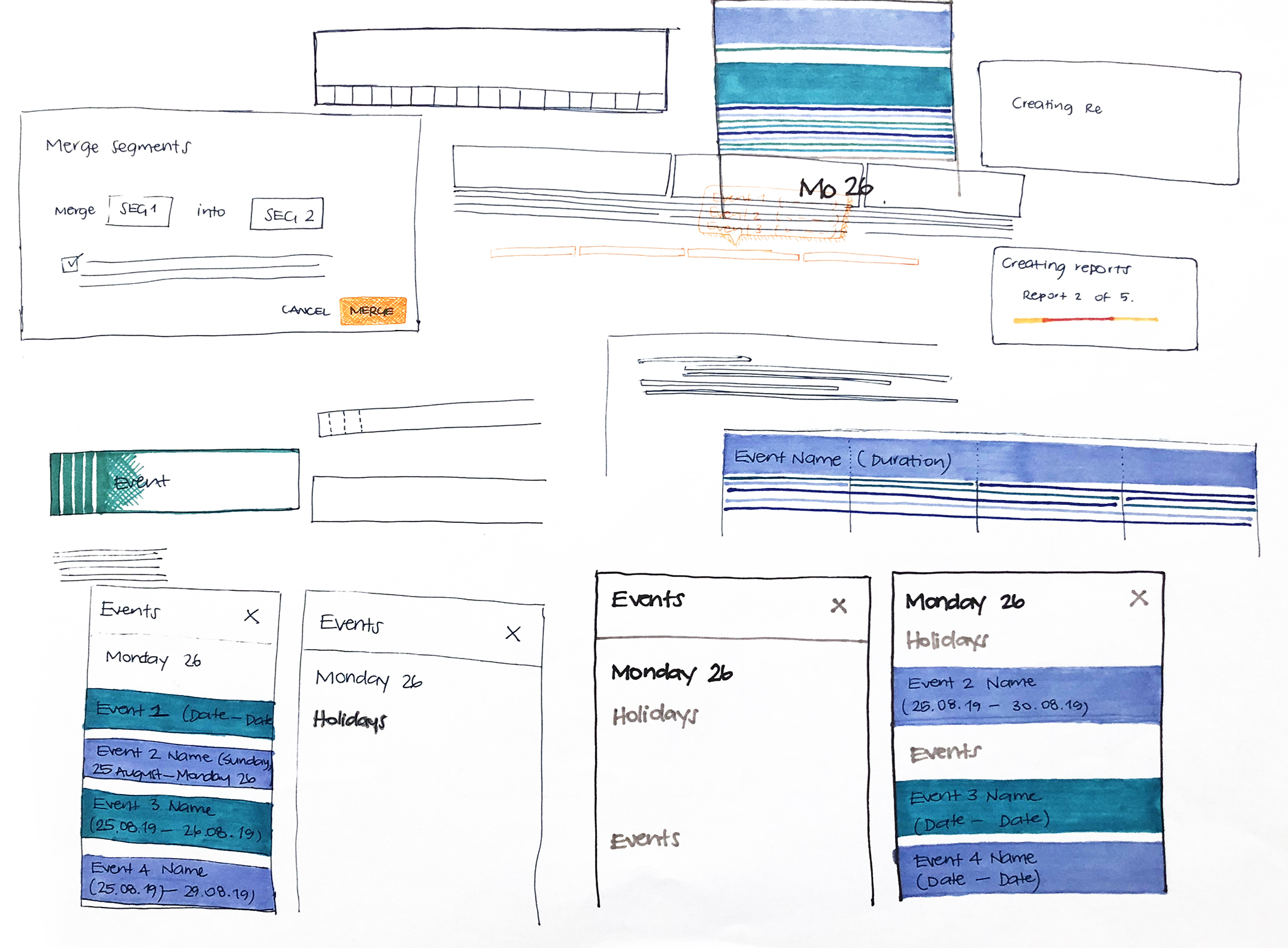
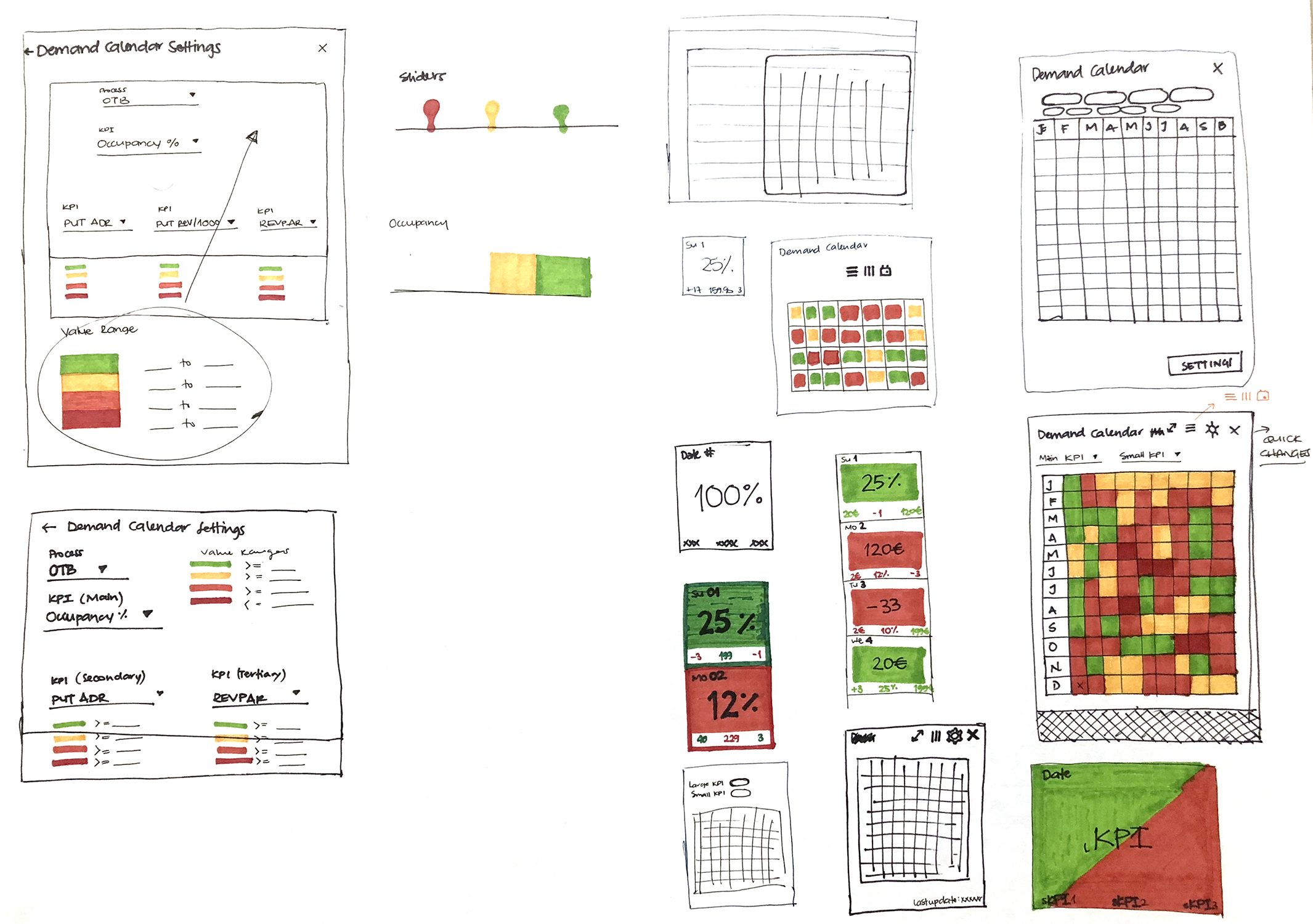
Prototyping
Often after several rounds of iteration of the wire frames, finally a prototype was developed on Sketch. Sometimes and depending on the weight of each project, the prototype was presented to a selection of users. If necessary, I continued iterating designs based on feedback. This also included rounds with the engineering team, who thanks to their vast experience with the company, always had insights on how to improve the interface both for the user and for the developing team, based on the design system in place. These exchanges (with users and engineers) were always extremely valuable for me, since the application is highly complex and individual to a single industry.
